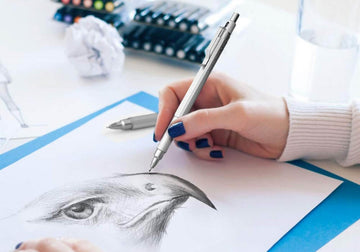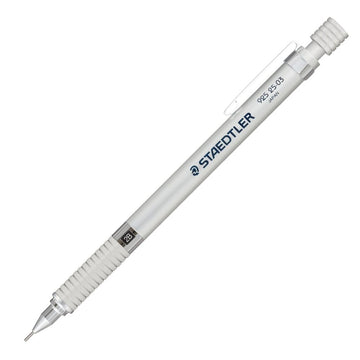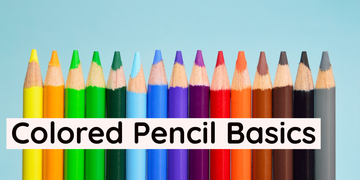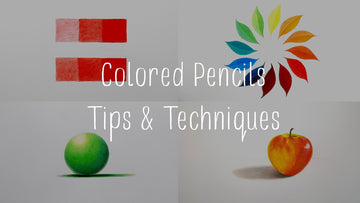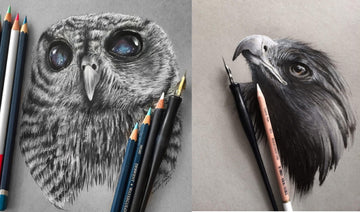
Capturing the Beauty of Nature: Drawing Landscapes and Animals with Colored Pencils
Landscape and animal drawing are popular art forms that allow artists to capture the beauty and intricacy of the natural world. Drawing with colored pencils is a versatile and accessible medium that can be used to create stunning, detailed pieces of art. Here, we will explore tips and techniques for drawing landscapes and animals using colored pencils.
Landscapes
Drawing landscapes can be a daunting task, especially when attempting to capture the vastness and complexity of a natural scene. However, as myth #1 states, landscapes don't have to be complex to be stunning. Focusing on a single tree, rock, or path can create a beautiful and engaging piece of art.
When drawing landscapes, consider the following techniques:
- Perspective: Perspective is a crucial aspect of landscape drawing, and it involves creating the illusion of depth and distance on a two-dimensional surface. By adjusting the size and placement of objects within a scene, artists can create a convincing sense of space and depth.
- Composition: Composition refers to the arrangement of elements within a scene, and it can greatly impact the overall visual impact of a drawing. By carefully selecting and positioning objects, artists can create dynamic and engaging compositions that draw the viewer's eye through the scene.
- Texture: Texture is an essential aspect of landscape drawing, and it involves creating the illusion of surface detail and material. By layering and blending colored pencils, artists can create a wide range of textures, from the rough and craggy surface of a rock to the soft and smooth surface of a leaf.
Animals
Drawing animals is a rewarding and challenging art form, as it requires careful observation and attention to detail. Animals have complex forms and movements, and capturing their essence on paper can be a challenging yet fulfilling task.
When drawing animals, consider the following techniques:
- Observation: Careful observation is crucial when drawing animals, as it allows artists to accurately capture their forms, movements, and expressions. Study reference materials, such as photographs or live animals, to gain a better understanding of the subject.
- Proportion: Proportion refers to the relative size and placement of different parts of the body, and it is an essential aspect of animal drawing. By accurately depicting proportion, artists can create a convincing and realistic representation of the animal.
- Movement: Movement is a crucial aspect of animal drawing, as it can convey a sense of life and energy. Observe the animal's movements and try to capture them on paper, whether it's the flick of a tail or the movement of a leg.
Materials
When drawing landscapes and animals with colored pencils, consider the following materials:
- Colored Pencils: A range of colored pencils is essential when drawing landscapes and animals. Soft, creamy pencils are ideal for creating smooth, blended areas of color, while hard, waxy pencils are better suited for creating sharp lines and details.
- Paper: Select a high-quality paper that is specifically designed for colored pencil drawing. Smooth, heavyweight paper is ideal for creating detailed drawings, while textured paper can add interest and depth to a scene.
- Blending Tools: Blending tools, such as tortillons or blending stumps, can be used to blend and smooth colored pencil strokes. These tools can help create a seamless, realistic effect and are especially useful when creating smooth, blended backgrounds.
In conclusion, drawing landscapes and animals with colored pencils is a rewarding and fulfilling art form that allows artists to capture the beauty and intricacy of the natural world. By carefully observing the subject, using appropriate techniques, and selecting the right materials, artists can create stunning, detailed pieces of art that showcase the beauty of nature.

